Home>Technology>Security & Surveillance>How To Change A Commercial Door Lock
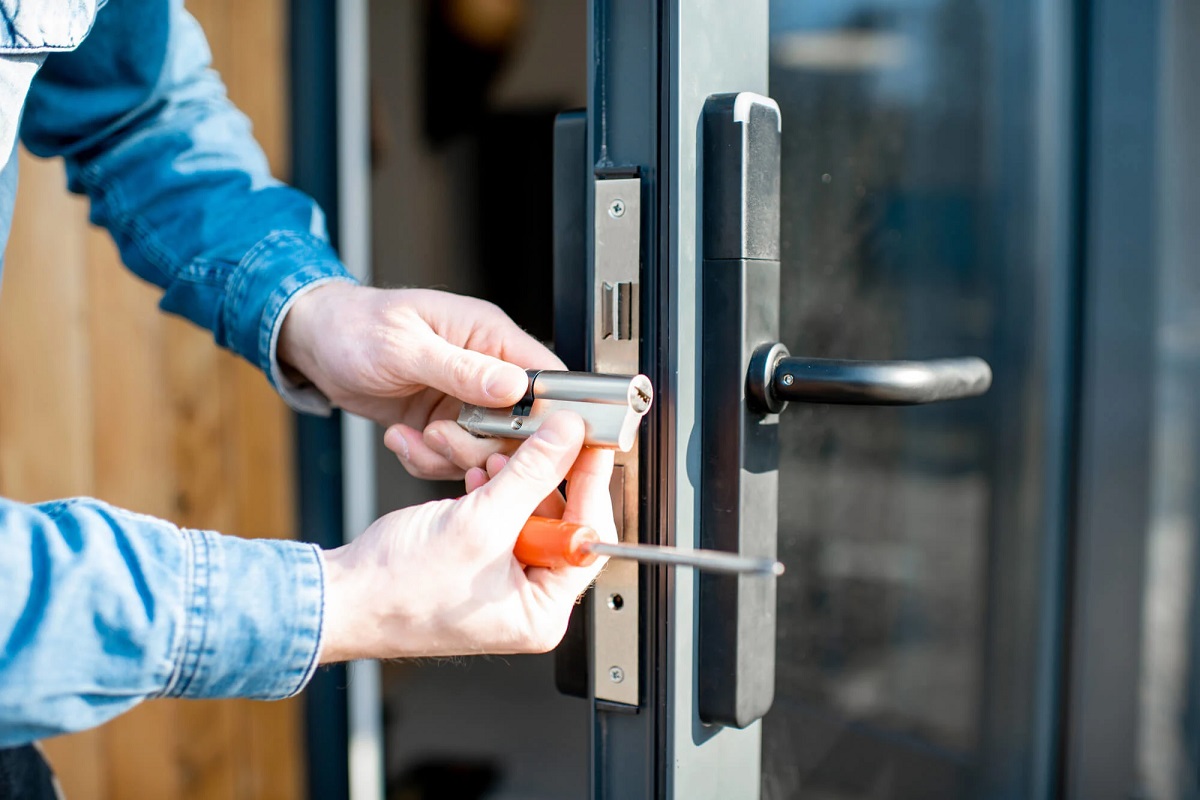

Security & Surveillance
How To Change A Commercial Door Lock
Modified: October 24, 2024
Learn how to change a commercial door lock to enhance your security and surveillance. Follow these step-by-step instructions for a secure and efficient lock replacement.
(Many of the links in this article redirect to a specific reviewed product. Your purchase of these products through affiliate links helps to generate commission for Storables.com, at no extra cost. Learn more)
Introduction
When it comes to the security of a commercial property, one of the most crucial components is the door lock. A reliable and robust lock not only provides protection against unauthorized access but also offers peace of mind to business owners and employees. However, there are instances when changing a commercial door lock becomes necessary. Whether it's due to a security upgrade, a malfunctioning lock, or a change in personnel, knowing how to change a commercial door lock is a valuable skill for any business owner or facilities manager.
In this comprehensive guide, we will walk you through the step-by-step process of changing a commercial door lock. From assessing the existing lock to testing the new one, we will cover everything you need to know to successfully complete this task. By following these instructions and using the right tools, you can ensure that your commercial property remains secure and protected.
So, if you're ready to take control of the security of your commercial space, let's dive into the process of changing a commercial door lock. Whether you're a seasoned professional or a first-time DIY enthusiast, this guide will equip you with the knowledge and confidence to tackle this essential aspect of commercial security. Let's get started!
Key Takeaways:
- Assess the existing lock, gather the right tools, and follow the step-by-step process to change a commercial door lock. This ensures a smooth transition to a new, reliable lock, enhancing security and peace of mind for your business.
- By removing the old lock with care, installing the new lock meticulously, and testing its functionality, you fortify your commercial property with a robust security solution. This proactive approach ensures controlled access and confidence in the lock’s reliability.
Read more: How To Lock A Commercial Door
Assessing the Lock
Before embarking on the process of changing a commercial door lock, it is essential to thoroughly assess the existing lock and its surroundings. This initial step will provide valuable insights and ensure a smooth transition to the new lock. Here are the key aspects to consider when assessing the lock:
- Lock Type: Identify the type of lock currently installed on the commercial door. Common types include cylindrical locks, mortise locks, and keypad locks. Understanding the specific type will guide your selection of a compatible replacement.
- Condition: Inspect the condition of the existing lock. Look for signs of wear and tear, corrosion, or damage that may compromise its functionality. Additionally, check for any loose or misaligned components that could affect the lock’s performance.
- Security Requirements: Evaluate the security needs of the commercial space. Consider factors such as the level of access control required, the frequency of entry and exit, and any specific security features desired in the new lock.
- Door Compatibility: Examine the door and frame to ensure they are compatible with the new lock. Confirm that the door material and thickness, as well as the dimensions of the lockset cutouts, align with the specifications of the replacement lock.
- Keying System: Determine the keying system currently in place. Understand whether the existing lock operates on a master key system, a keyed-alike configuration, or a unique key for each lock. This information will influence the keying process for the new lock.
By carefully assessing these aspects, you can make informed decisions regarding the selection of a suitable replacement lock and anticipate any additional adjustments or considerations during the installation process. Additionally, consulting with security professionals or locksmiths can provide valuable insights and recommendations based on the specific requirements of the commercial property.
Once you have thoroughly assessed the existing lock and considered these key factors, you will be well-prepared to proceed with the next steps of changing the commercial door lock. With a clear understanding of the current lock’s characteristics and the desired security objectives, you can confidently move towards enhancing the security of the commercial space with a new, reliable lock.
Gathering Necessary Tools
Before diving into the process of changing a commercial door lock, it’s essential to gather the necessary tools and equipment. Having the right tools at your disposal will streamline the installation process and ensure that you can tackle any challenges that may arise. Here’s a comprehensive list of the tools and supplies you’ll need:
- Screwdrivers: Both flathead and Phillips screwdrivers are essential for removing the existing lock and installing the new one. Ensure that the sizes of the screwdrivers match the screws on the lockset.
- Lockset: Select a high-quality commercial-grade lockset that meets the security requirements of the property. Consider factors such as durability, keying options, and compatibility with the door and frame.
- Replacement Screws: In some cases, the new lockset may require specific screws for installation. Have a variety of screws on hand to accommodate different door types and locksets.
- Tape Measure: Accurately measure the dimensions of the door and the existing lockset cutouts to ensure compatibility with the new lock.
- Hammer: A hammer may be needed to tap the strike plate or make minor adjustments to the door or frame during the installation process.
- Replacement Keys: If the new lockset does not come with keys, arrange for key duplication or cutting to ensure that the lock can be operated upon installation.
- Allen Wrenches: Some commercial locksets utilize set screws that require Allen wrenches for adjustment and tightening. Verify the size needed for the specific lockset.
- Protective Equipment: Depending on the specific lock and door materials, protective equipment such as gloves and safety glasses may be necessary for handling sharp edges or delicate components.
- Lubricant: A high-quality lock lubricant can be used to ensure smooth operation of the new lock and prolong its lifespan.
- Replacement Strike Plate: If the existing strike plate is worn or damaged, consider replacing it with a new one that complements the new lockset.
By gathering these necessary tools and supplies, you’ll be well-prepared to proceed with confidence when changing the commercial door lock. Additionally, having these items readily available will minimize interruptions during the installation process and contribute to a successful and efficient lock replacement.
With the tools in hand, you’re now equipped to move on to the next steps of removing the old lock and installing the new one. Let’s continue the journey towards enhancing the security of your commercial space with a reliable and robust door lock.
Removing the Old Lock
As you embark on the journey of changing a commercial door lock, the process of removing the old lock marks a pivotal step in the transition to enhanced security. By following a systematic approach and using the appropriate tools, you can efficiently remove the existing lock and prepare the door for the installation of the new lockset. Here’s a step-by-step guide to removing the old lock:
- Prepare the Work Area: Begin by ensuring a clear and well-lit workspace around the door. Remove any obstructions and create a conducive environment for the lock removal process.
- Unscrew the Faceplate: Using the appropriate screwdriver, carefully unscrew and remove the faceplate of the existing lock. Set the screws aside for potential reuse or replacement.
- Separate the Lock Halves: If the lockset comprises separate interior and exterior halves, detach them by unscrewing or releasing any connecting screws or mechanisms.
- Remove the Latch Assembly: Extract the latch assembly from the edge of the door by unscrewing the retaining screws and gently sliding or maneuvering the assembly out of its housing.
- Detach the Strike Plate: Unscrew and remove the strike plate from the door frame, ensuring that any attached screws or fasteners are carefully disengaged.
- Inspect and Clean: With the old lock fully removed, take the opportunity to inspect the door and frame for any signs of wear, damage, or accumulated debris. Clean the area to ensure a smooth and secure fit for the new lockset.
Throughout the process of removing the old lock, it’s important to handle components with care and attention to detail. By methodically disassembling the existing lock and verifying that all associated parts are safely set aside, you can pave the way for a seamless transition to the installation of the new lock.
With the old lock successfully removed and the work area prepared for the next steps, you’re now poised to move forward with installing the new lockset. The journey towards fortifying the security of your commercial space continues as we delve into the intricacies of the installation process. Let’s proceed with confidence and determination as we usher in a new era of protection and peace of mind for your business premises.
When changing a commercial door lock, make sure to choose a high-quality, durable lock that meets your security needs. It’s also important to follow the manufacturer’s instructions carefully to ensure proper installation.
Installing the New Lock
With the old lock removed and the groundwork meticulously prepared, the installation of the new commercial door lock represents a significant stride towards reinforcing the security of the premises. By adhering to a systematic approach and leveraging the appropriate tools, you can seamlessly integrate the new lockset, ensuring its functionality and compatibility with the door and frame. Here’s a comprehensive guide to installing the new lock:
- Verify Compatibility: Confirm that the new lockset aligns with the specifications of the door and frame, including dimensions, latch alignment, and keyway orientation.
- Fit the Latch Assembly: Position the new latch assembly into the edge of the door, ensuring that it aligns with the strike plate recess and operates smoothly when engaged.
- Secure the Faceplate: Attach the faceplate of the new lockset using the provided screws, ensuring a snug fit that complements the aesthetics of the door while maintaining structural integrity.
- Install Exterior and Interior Halves: If the lockset comprises separate exterior and interior halves, securely fasten each half to the respective side of the door, aligning the spindle and ensuring proper engagement.
- Mount the Strike Plate: Affix the new strike plate to the door frame, aligning it with the latch assembly to facilitate seamless closure and secure locking.
- Test Operation: Verify the functionality of the new lock by testing its operation with the provided keys. Ensure that the key turns smoothly, the latch retracts and extends without resistance, and the door closes securely against the strike plate.
Throughout the installation process, attention to detail and precision are paramount to ensuring the effectiveness and reliability of the new lockset. By meticulously following the manufacturer’s instructions and taking the time to verify each component’s proper alignment and operation, you can instill confidence in the security enhancement brought about by the new commercial door lock.
As the new lockset takes its place, fortifying the protection of the commercial property, you can take pride in the proactive measures taken to safeguard the premises and the peace of mind it brings to all stakeholders. With the installation complete, the journey towards a more secure and resilient business environment continues, empowered by the strength and dependability of the new commercial door lock.
Read more: How To Change A Door Lock
Testing the New Lock
After successfully installing the new commercial door lock, it is imperative to conduct thorough testing to ensure its seamless functionality and uncompromised security. Testing the new lock serves as the final validation of the installation process, providing reassurance that the commercial property is fortified with a reliable and robust security solution. Here’s a comprehensive guide to testing the new lock:
- Key Operation: Test the lock with the provided keys, ensuring that they smoothly engage and disengage the lock mechanism without any resistance or binding.
- Latch Alignment: Verify that the latch retracts and extends smoothly when the door is opened and closed, confirming that it aligns perfectly with the strike plate without any friction or misalignment.
- Key Duplication: If necessary, arrange for key duplication to ensure that additional authorized personnel have access to the new lock, expanding the scope of secure access control.
- Security Features: Familiarize yourself with any additional security features incorporated into the new lock, such as anti-pick or anti-drill mechanisms, and ensure that they function as intended.
- Operational Consistency: Test the lock repeatedly to confirm its consistent and reliable operation, simulating real-world usage scenarios to validate its durability and performance.
- Consultation: If any concerns or irregularities arise during testing, consider seeking professional consultation from locksmiths or security experts to address and resolve any potential issues.
By rigorously testing the new lock and scrutinizing its operational aspects, you can instill confidence in its ability to safeguard the commercial premises and facilitate secure access for authorized personnel. The testing phase represents the culmination of the installation process, affirming the successful integration of the new lockset into the security infrastructure of the property.
As the new lock proves its reliability and resilience through rigorous testing, you can rest assured that the commercial space is fortified with a formidable security solution, offering protection, peace of mind, and control over access to the premises. With the testing phase concluded, the journey towards a more secure and empowered business environment reaches its zenith, heralding a new era of confidence and assurance in the commercial door lock’s ability to safeguard the property.
Conclusion
Changing a commercial door lock is a pivotal undertaking that encompasses meticulous assessment, precise installation, and rigorous testing to fortify the security of a business premises. Throughout this comprehensive guide, we have delved into the intricacies of this process, equipping business owners and facilities managers with the knowledge and confidence to navigate the transition to a new, reliable lockset.
By assessing the existing lock, gathering the necessary tools, removing the old lock, installing the new lock, and rigorously testing its functionality, you have embarked on a journey towards enhancing the security and resilience of the commercial property. With each step, you have demonstrated a commitment to safeguarding the premises and ensuring secure access for authorized personnel.
As the new lock takes its place, seamlessly integrating into the security infrastructure of the property, you can take pride in the proactive measures taken to fortify its protection. The installation of a robust and dependable commercial door lock not only offers physical security but also instills peace of mind and confidence in the business environment.
Furthermore, the process of changing a commercial door lock serves as a testament to the proactive approach taken towards security and access control. By embracing this essential aspect of property management, you have demonstrated a dedication to the safety and well-being of the business and its occupants.
As you witness the seamless operation and reliability of the new lock, you can rest assured that the commercial space is fortified with a formidable security solution, offering protection, peace of mind, and control over access to the premises.
With the installation and testing phases concluded, the journey towards a more secure and empowered business environment reaches its zenith, heralding a new era of confidence and assurance in the commercial door lock’s ability to safeguard the property.
As you reflect on the journey undertaken to change the commercial door lock, take pride in the proactive measures taken to fortify the security and resilience of the premises. The successful completion of this endeavor signifies a steadfast commitment to safeguarding the business environment and ensuring controlled access for authorized individuals.
With the new lock in place, the commercial property stands fortified against unauthorized access, offering peace of mind and confidence to all stakeholders. By embracing the process of changing a commercial door lock, you have taken a significant step towards fostering a secure and empowered business environment.
Frequently Asked Questions about How To Change A Commercial Door Lock
Was this page helpful?
At Storables.com, we guarantee accurate and reliable information. Our content, validated by Expert Board Contributors, is crafted following stringent Editorial Policies. We're committed to providing you with well-researched, expert-backed insights for all your informational needs.
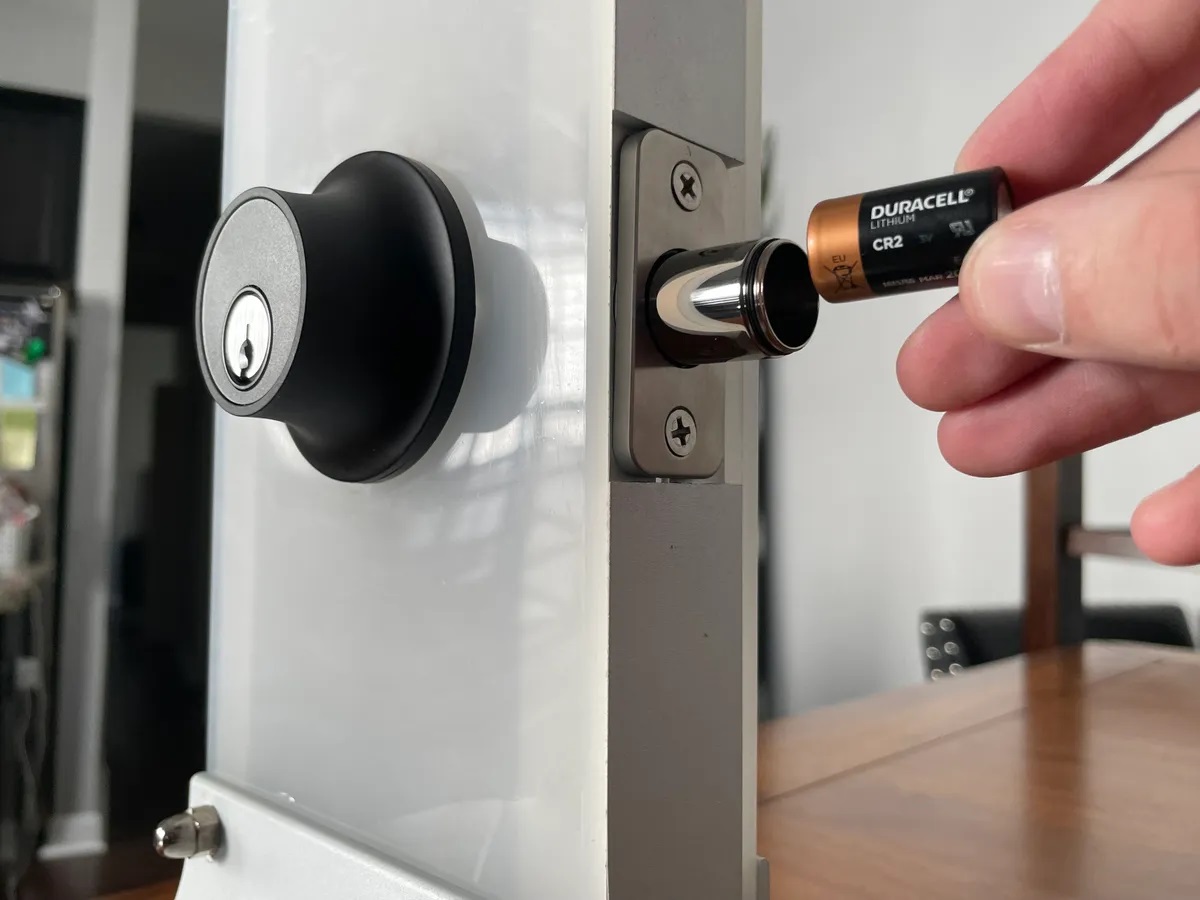
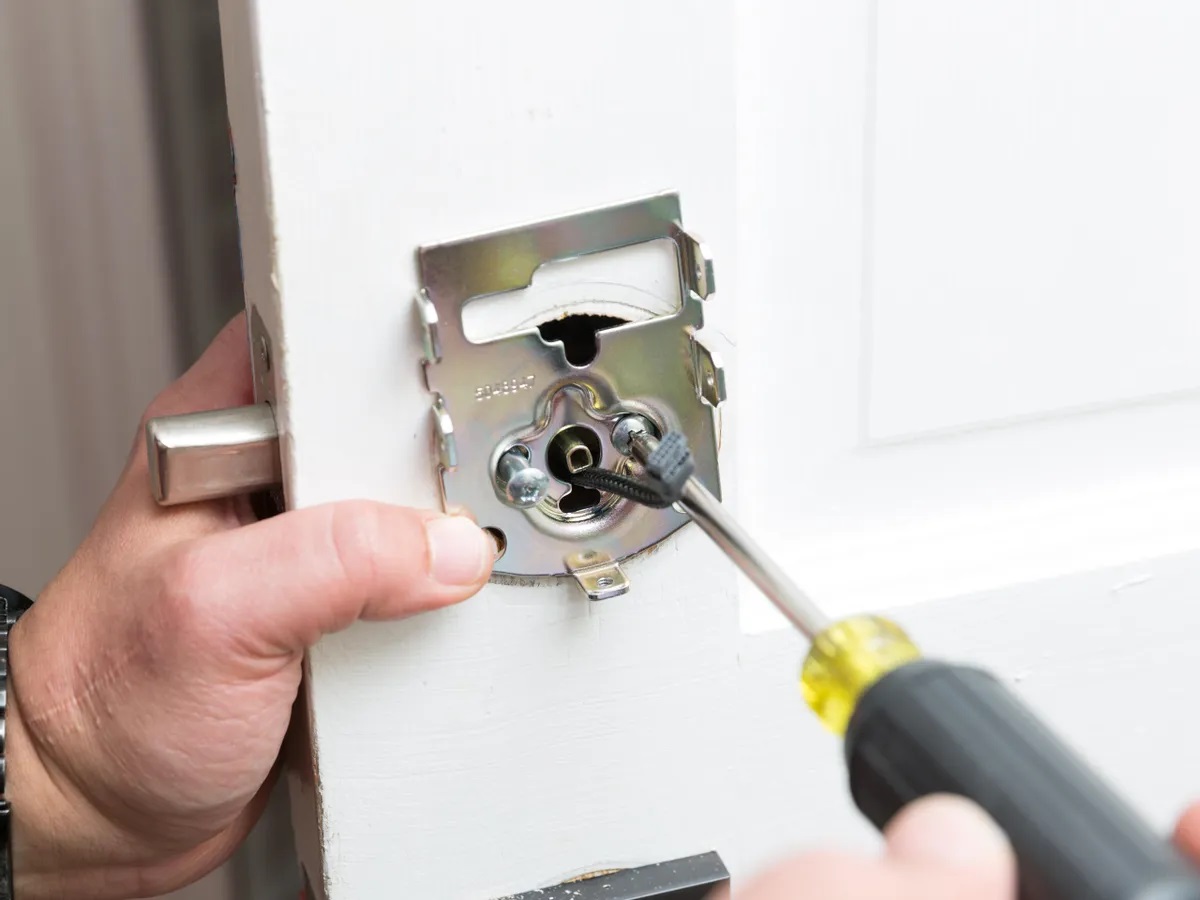
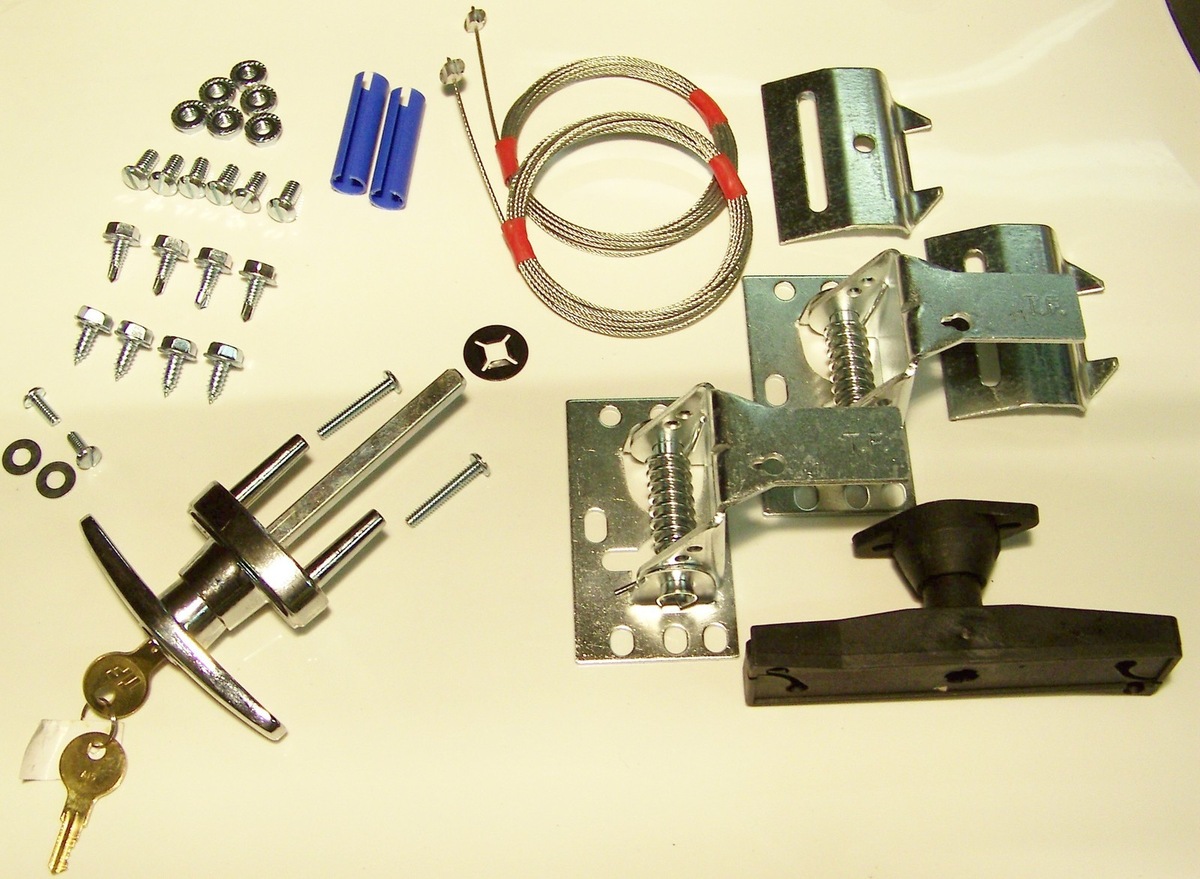
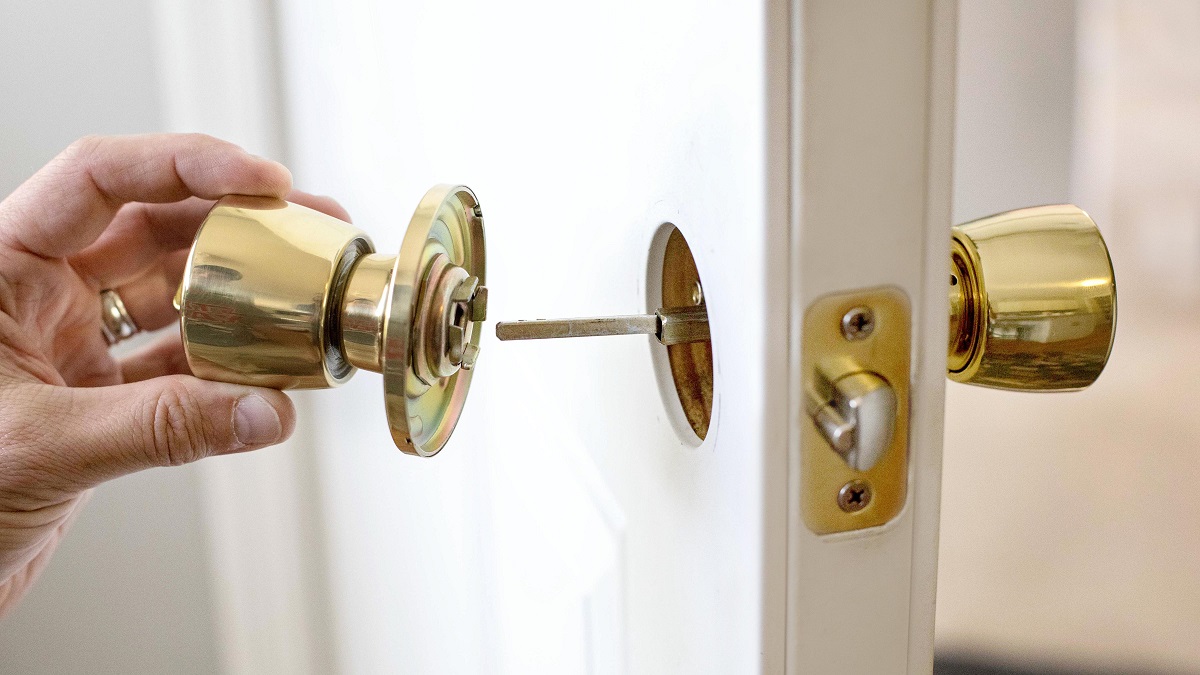
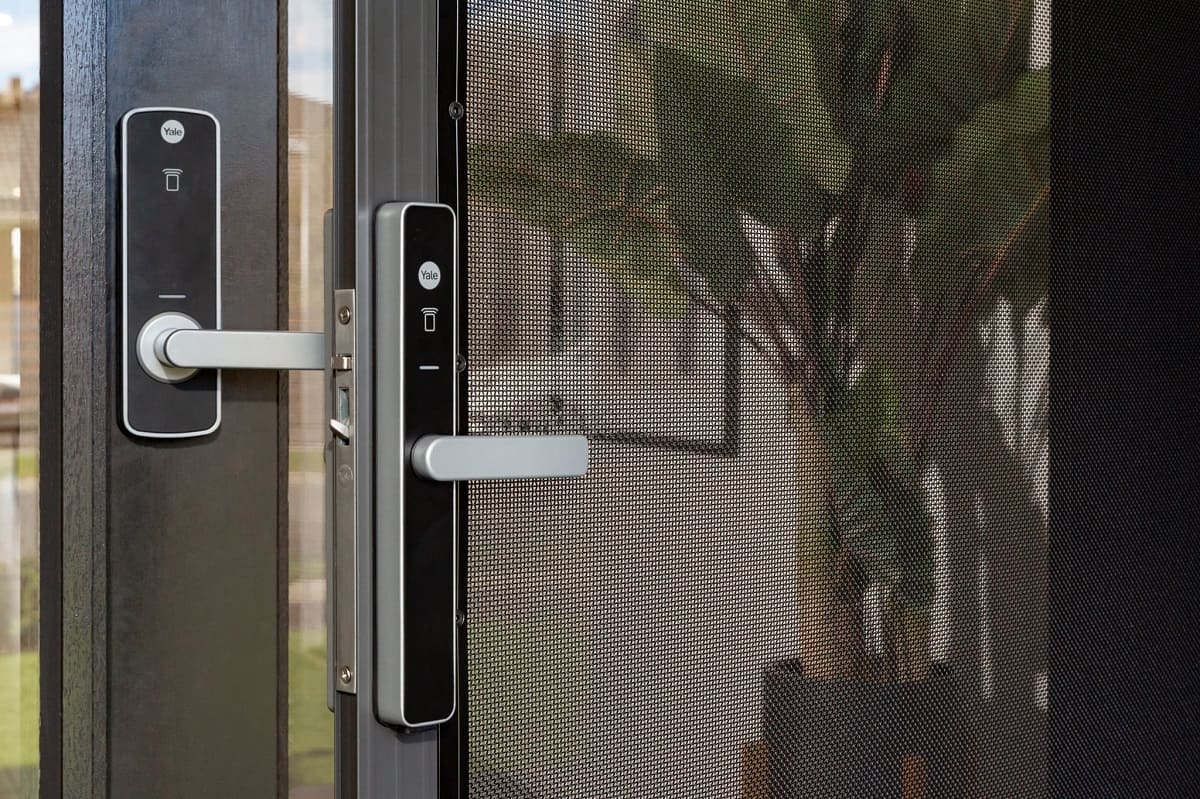
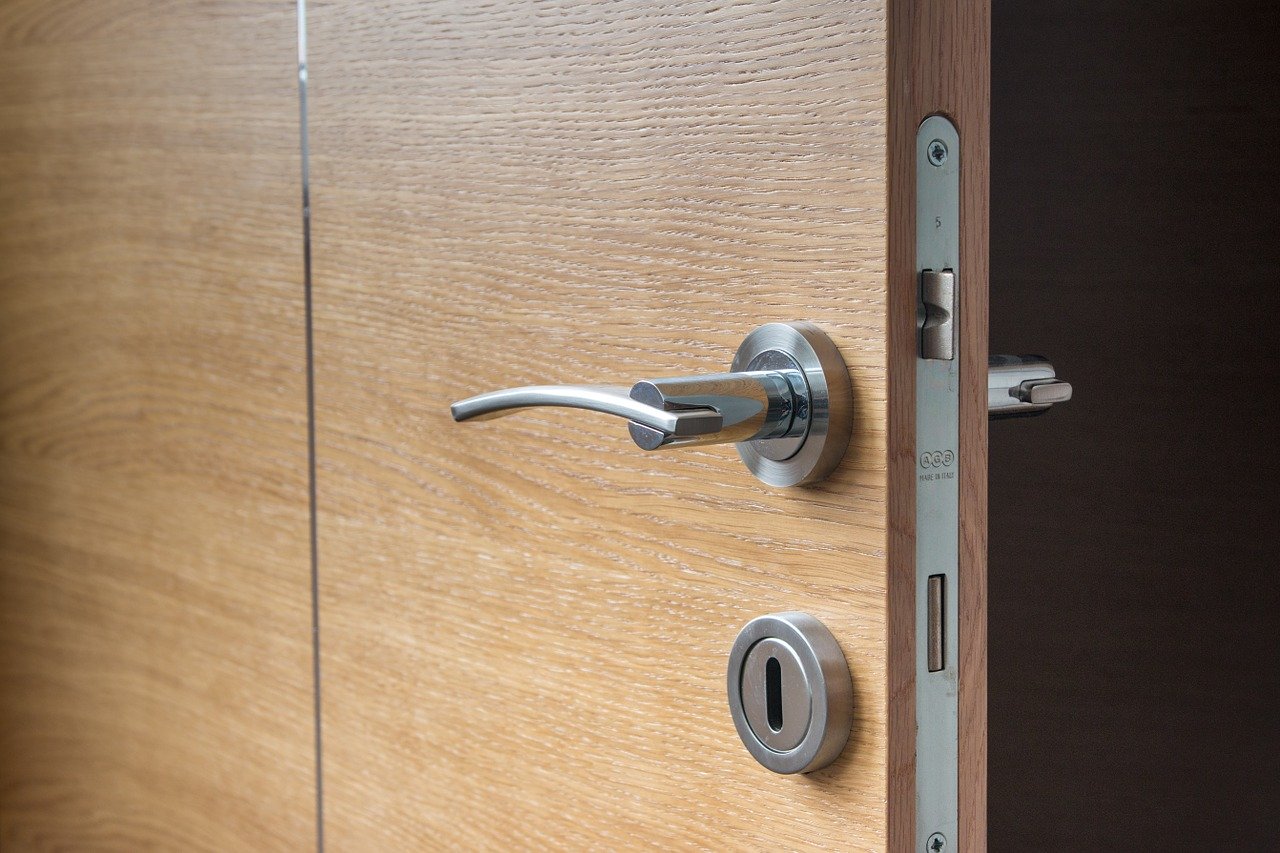
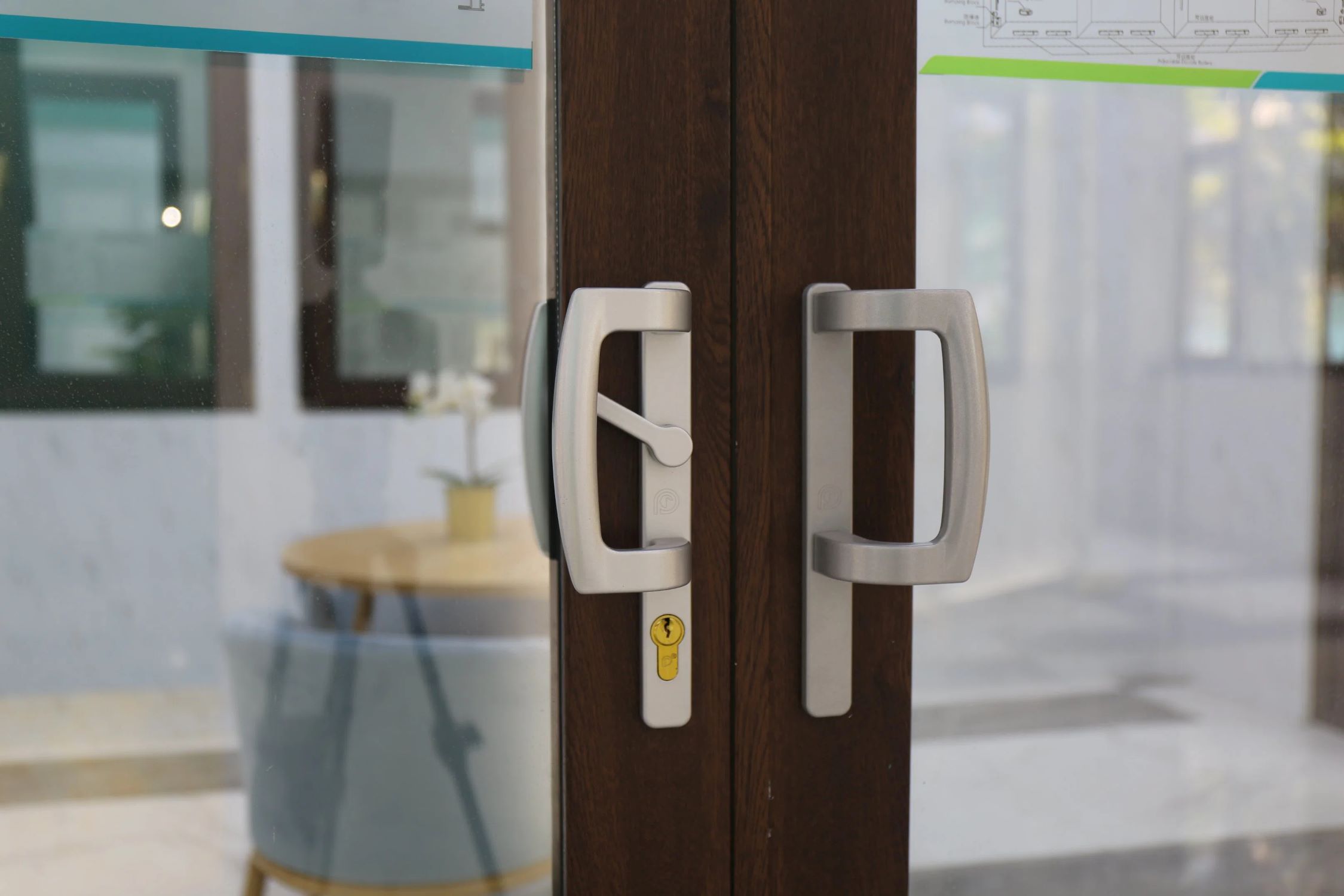
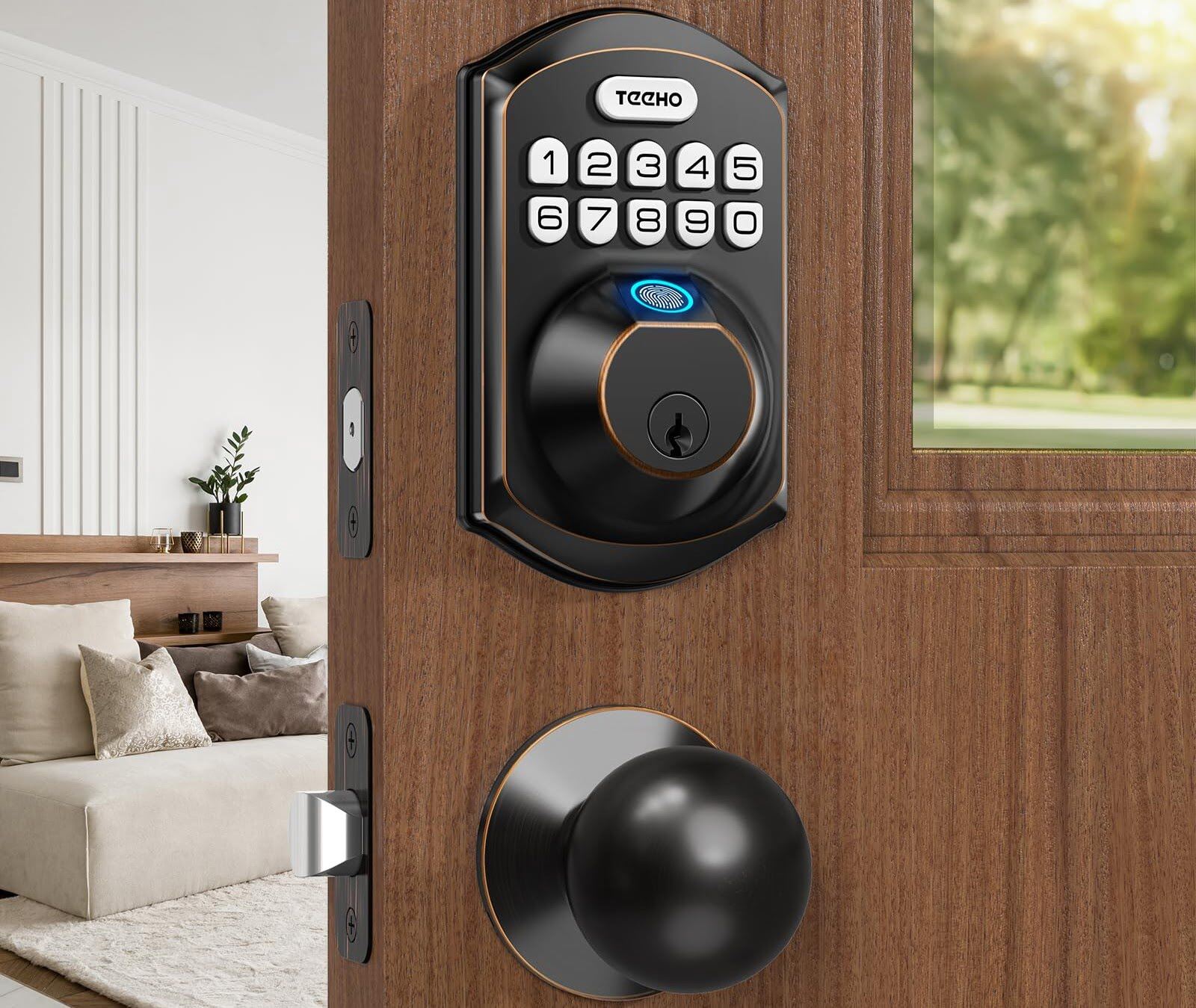
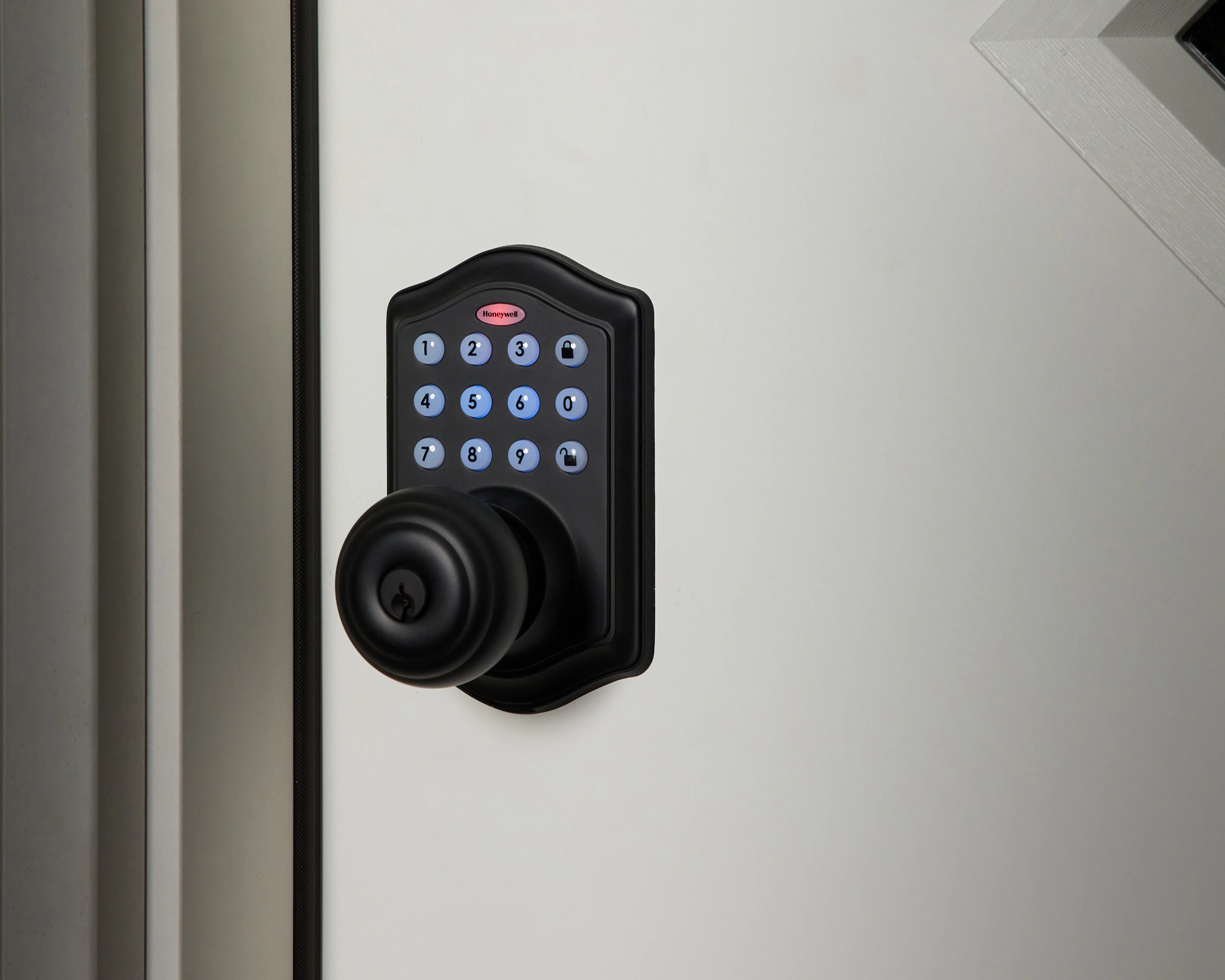
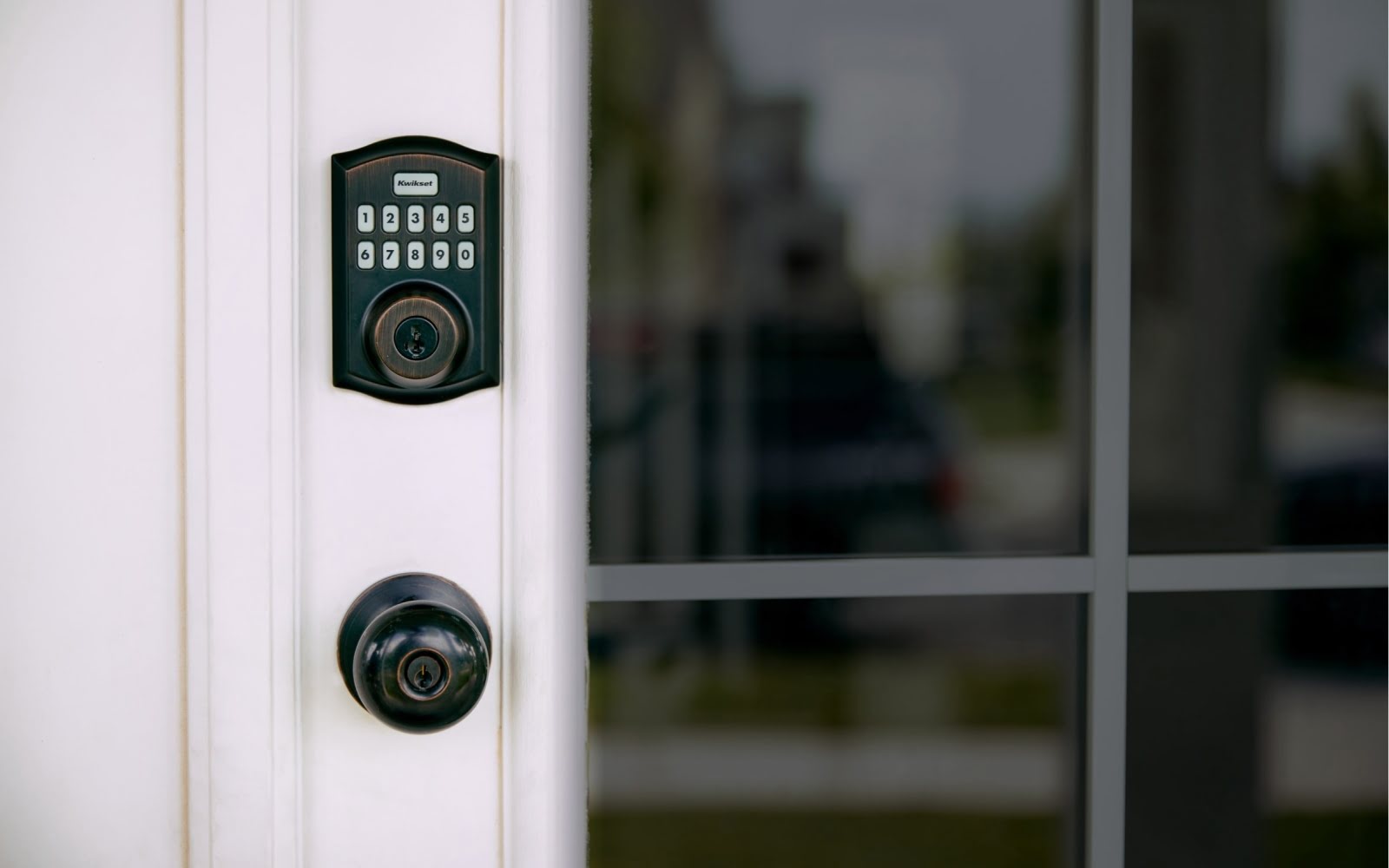
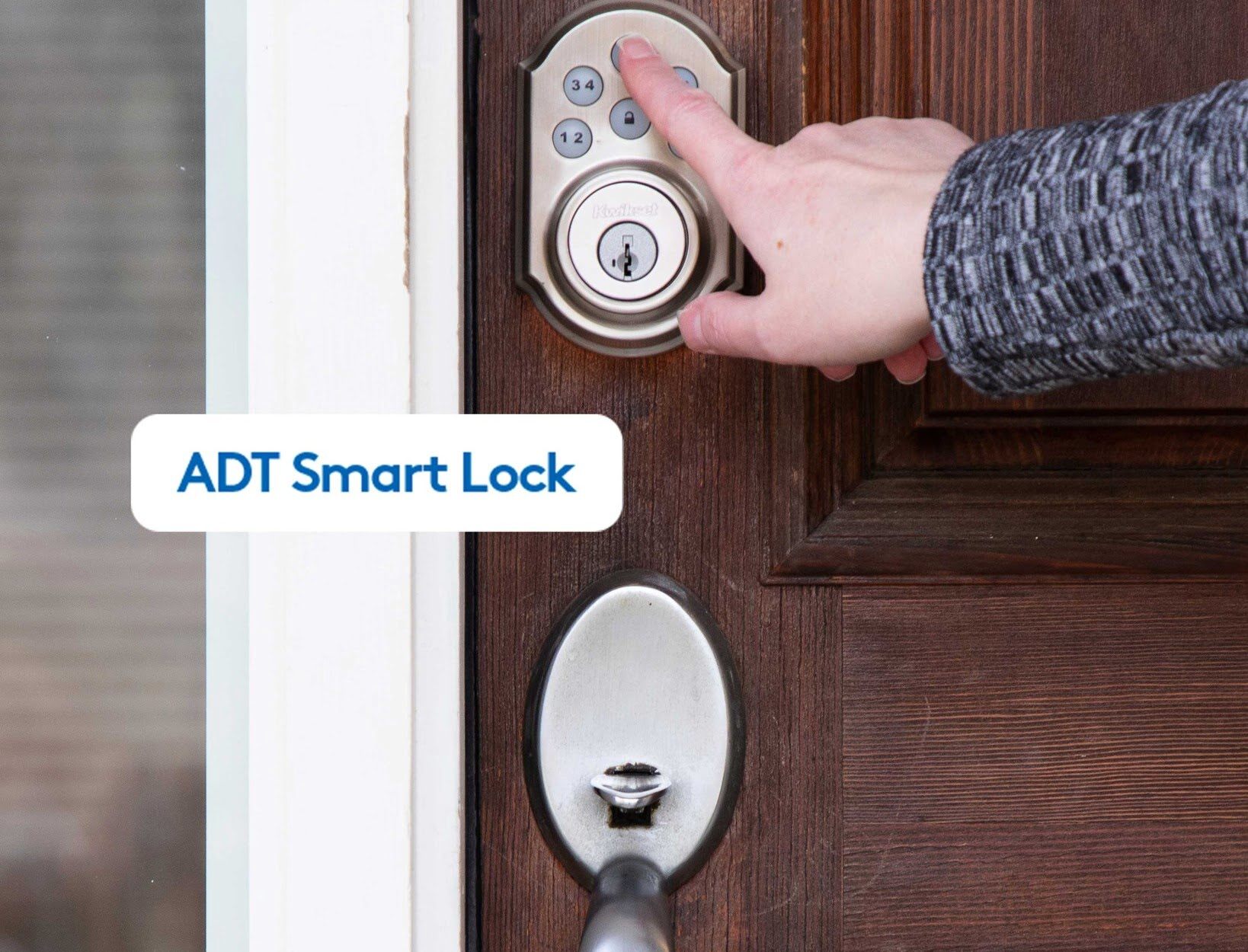
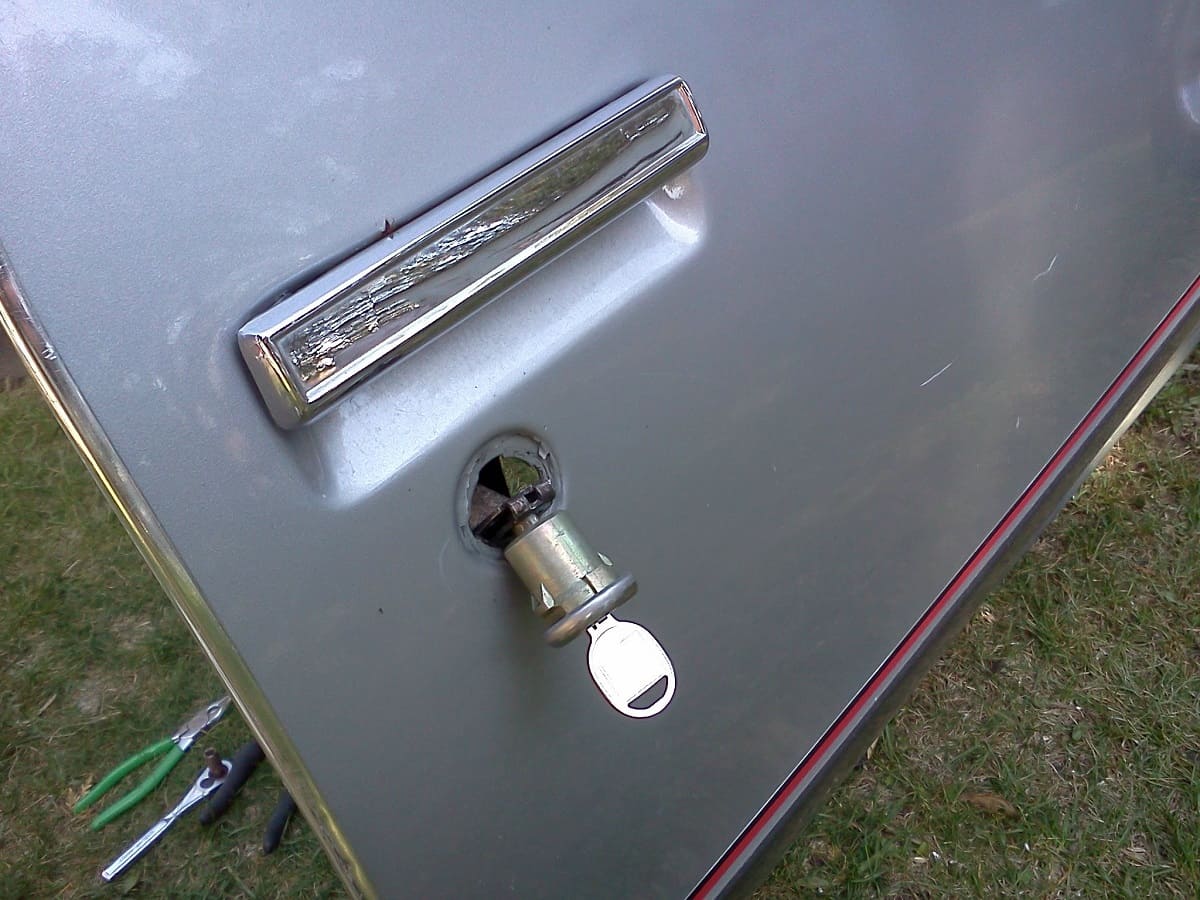
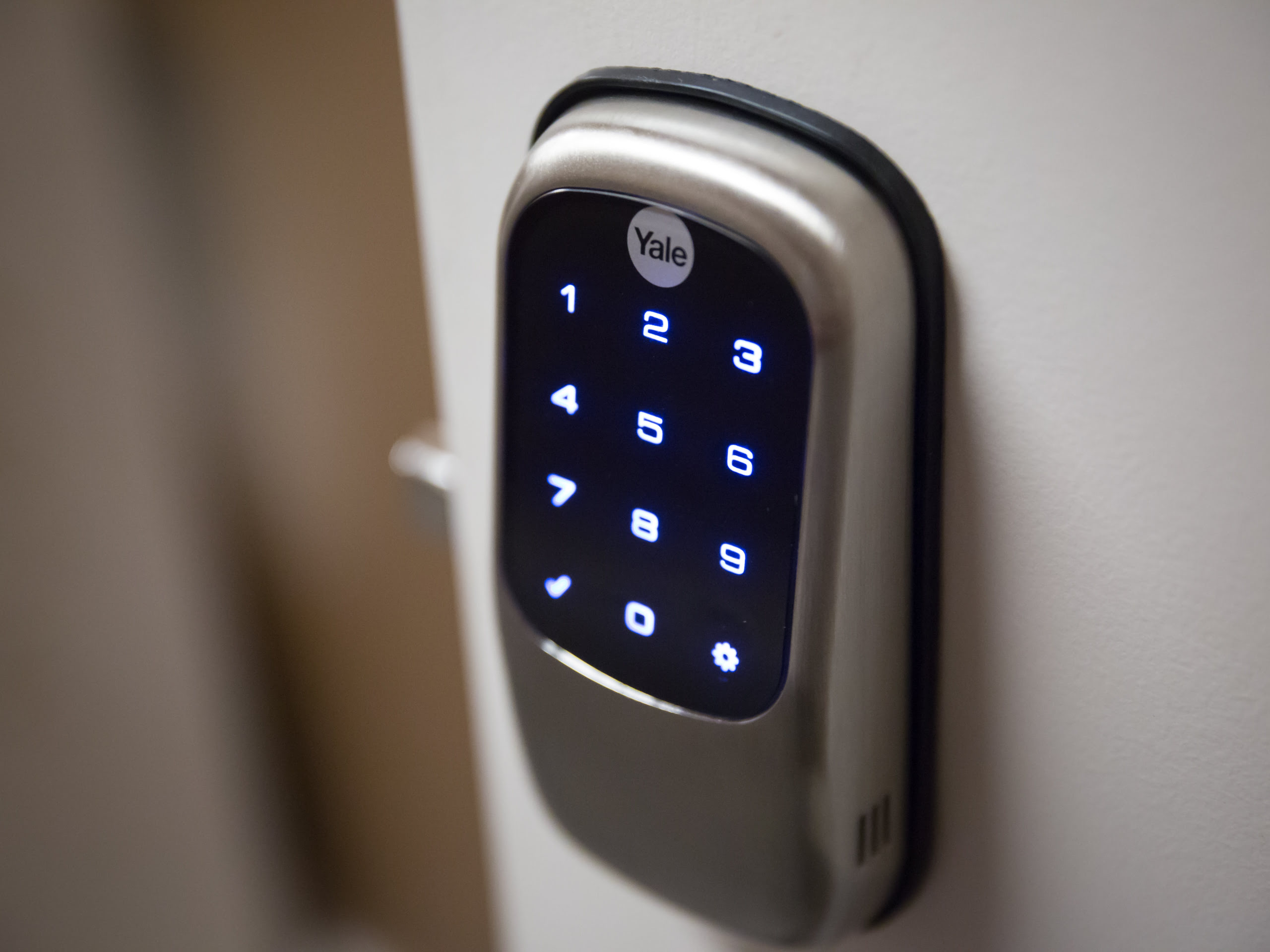
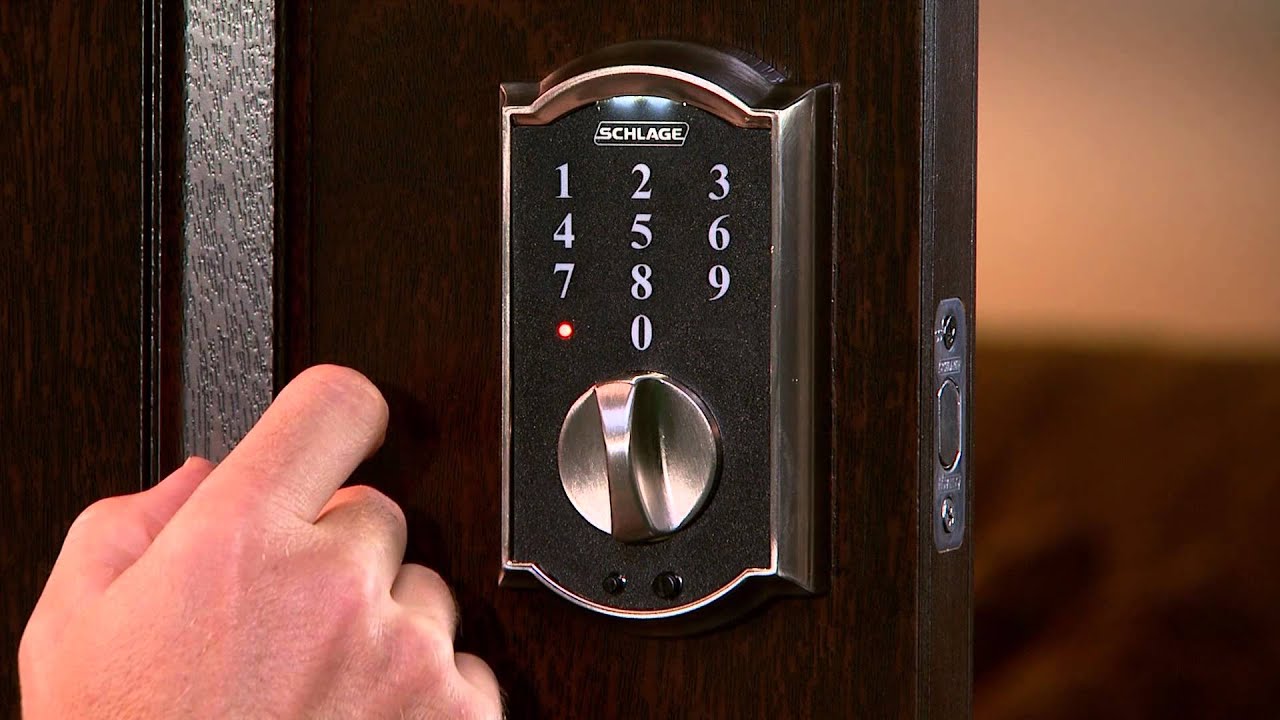

0 thoughts on “How To Change A Commercial Door Lock”